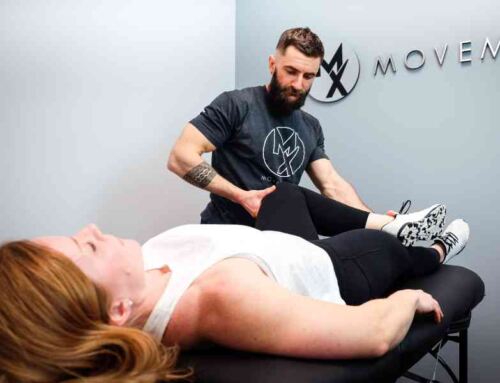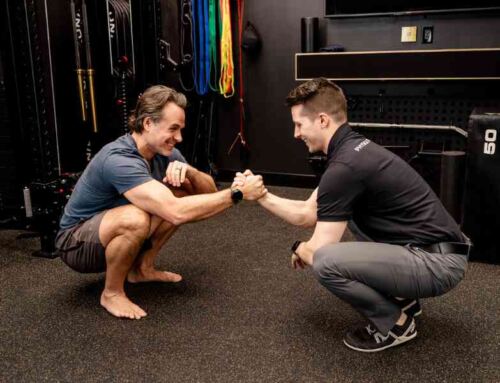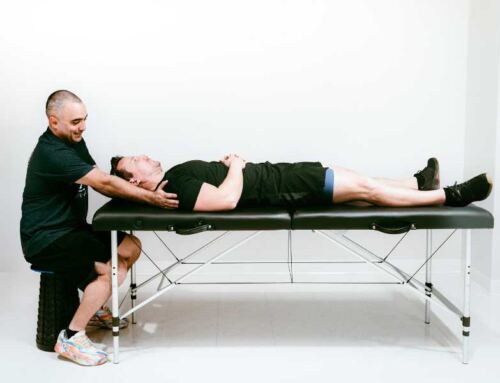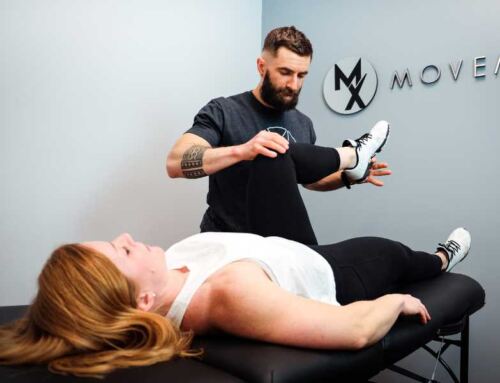Current Events: Non-Opioid Alternatives to Post-Surgery Pain
It’s hard to watch the news today without hearing about the detrimental and drastic effects of the opioid crisis on our nation. Overprescription of and addiction to opiates has led to significant extensive healthcare spending and decline of quality of life for those afflicted. Common determinants include poor pain management coping strategies, lost work time, loss of family stability, and compromised support systems amongst many other things.
The first wave of the opioid crisis began when physicians began rapidly increasing the rate in which they were prescribing this medication in the 1990s. In 2014 the CDC added opioid overdose to its list of “top five public health challenges” for our country while further labeling the crisis as “the worst drug overdose epidemic in US history.” Unlike any other epidemic, however, this crisis was likely self-inflicted by the American healthcare system.

In 2018, one federal judge, ruling over cases against opioid manufacturers and distributors, stated, “It is accurate to describe the opioid epidemic as a man-made plague, 20 years in the making.” To date, the number of drug overdose deaths has quadrupled since 1999. Unfortunately, this is not a crisis of the past as from 2018 to 2019 alone, the number of deaths increased by nearly 5% with a disproportionate increase in mortality rates among Black, Native Americans and Alaskan Native individuals.
It’s worth noting that the opiate crisis predominantly impacts white middle to upper class communities and that there are many drug dependencies that impact the health of our nation. While this article focuses on the opioid epidemic specifically, MovementX is passionate about addressing all social determinants of health, especially those within oppressed communities and communities with socioeconomic challenges.
Continue reading to learn more about opioid prescription guidelines, operation recovery procedures, and non-opioid alternatives to manage postoperative pain in addition to advanced physical therapy techniques.
The CDC is Taking Action Against Abuse of Opioids
On February 10th, 2022, the Centers for Disease Control and Prevention released a statement proposing updates to the 2016 federal Guidelines for Prescribing Opioids for Chronic Pain. In this statement, they asked for public comments from caregivers, patients, providers, and others with insight and interest in opioid use and prescribing guidelines.
“We want to hear many voices from the public, including people living with pain and the health care providers who help their patients manage pain. The ultimate goal of this clinical practice guideline is to help people set and achieve their personal goals to reduce their pain and improve their function and quality of life. Getting feedback from the public is essential to achieving this goal.”
— Christopher M. Jones, PharmD, DrPH, MPH, acting director for the National Center for Injury Prevention and Control
Interested in submitting a formal comment? Visit the Federal Register.
The proposed changes to the opioid guidelines above calls on doctors to utilize alternative treatments to manage acute, chronic, and post-surgical pain prior to choosing to prescribe opioids. This primary recovery method would include non-opioid prescription medications like gabapentin and over-the-counter painkillers like ibuprofen. In addition to medicinal alternatives, non-invasive treatment options such as physical therapy, massage, and acupuncture can play a major role in the management of chronic pain.
Did you know that orthopedic and spine conditions account for about 3 in 10 opioid prescriptions and that long term use of opioids post spinal fusion occurs in 1 in 3 patients2? Opioids are a powerful pain management strategy post-surgery, but their potential side effects can be significant. From nausea, constipation, and drowsiness to impaired thinking and poor respiratory function, opioid use and the associated risk should always be discussed in depth with your physician.
Are other medicines as effective as opioids?
Two studies published in the fall of 2021 evaluated operational recovery alternatives, focusing on non-opioid regimens as a safer pain relief option for patients after knee and shoulder surgery. Dr. Kelechi Okoroha, leader of both studies and orthopedic surgeon at the Mayo Clinic’s orthopedics and sports medicine facility in Minneapolis, stated that:
“These studies demonstrated that an alternative non-opioid pain regimen was just as effective in managing postoperative pain following ACL and rotator cuff surgery compared with traditional opioid medication.”
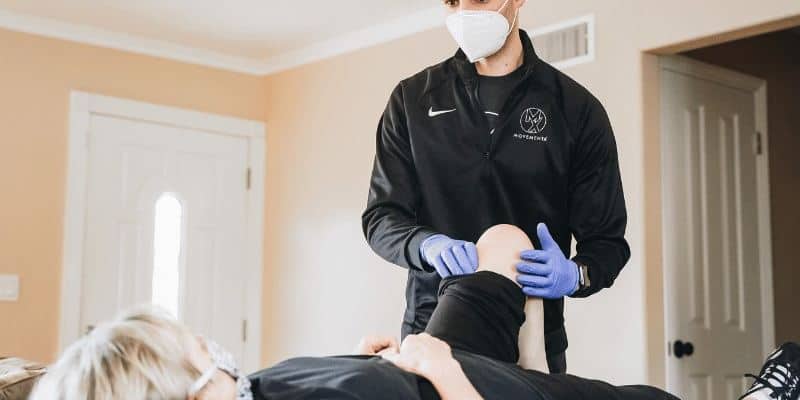
One study included 62 knee surgery patients undergoing reconstruction to their anterior cruciate ligament (ACL), while the second study assessed 40 individuals who had surgery to repair the rotator cuff in their shoulders. While both are common surgeries for sports injury, Okoroha believes that non-opioid operational recovery regimens could be expanded to a wider range of procedures such as repetitive overuse injury and degenerative conditions.
Both studies were prospective randomized controlled trials, where one group received a standard opioid regimen for pain management and the other received non-opioid pain relievers such as acetaminophen, ketorolac, diazepam, gabapentin, and meloxicam (which are nonsteroidal anti-inflammatory drugs or NSAIDs, muscle relaxants, and other medications to reduce nerve pain).
The incredible news? The results of both studies found that the non-opioid regimen provided at least equivalent pain control compared with traditional opioid analgesics for the first ten days after surgery! Even better, in both studies, there were minimal side effects with the most common ones being drowsiness, dizziness, and gastrointestinal symptoms.
What other treatment options exist?
Physical therapists are extensively trained in pain management techniques and pain sciences. The treatment philosophy and evidence behind pain science has advanced significantly in the past decade in the management of chronic and persistent pain syndromes such as Ehlers Danlos Syndrome, POTS, rheumatoid arthritis, cancer trauma, inflammatory bowel disease, and fibromyalgia.
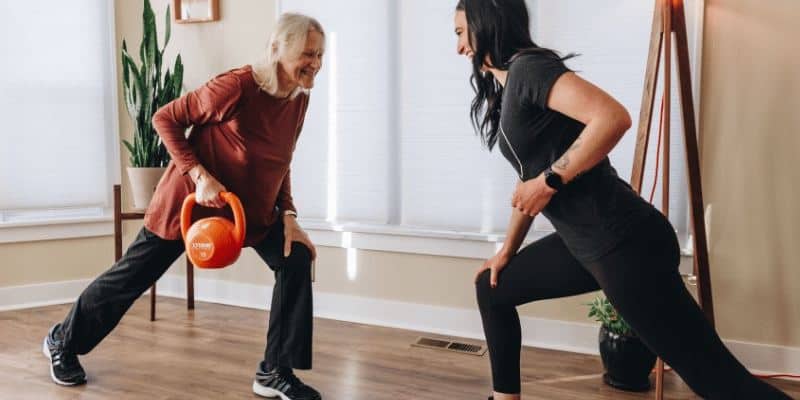
A physical therapist who specializes in pain management will tailor their interventions to meet your specific needs. This means understanding where pain comes from and the multi faceted impact on each individual. From the injury component, to the brain component, our job is to help you find movement as your tool to decrease the fear associated with pain and show you the amazing things your body is capable of doing.
Oftentimes, those in persistent pain or who are weaning off of opioids cannot tolerate the same level of therapy or exercise that other patients can. We hope that you will leave your MovementX mobile physical therapy session not only feeling a sense of relief, but feeling empowered with the education and strategies necessary to self-manage your pain.
Most orthopedic and spine operations recommend post-surgical rehabilitation with a specialized physical therapist. Check out our article on how you can find the best physical therapist for your needs. Physical therapy not only helps patients heal faster, improve range of motion, and support flexibility, but it can also help manage pain.
I’m ready to address my opioid addiction. What’s next?
Physical therapists are often the first providers to address musculoskeletal pain or injury within the healthcare system. This is often because we are on the frontline of recognizing and addressing opioid addiction and spend so much time with our patients. While we are unable to directly manage your medication, we can provide you a confidential and safe place to begin your treatment journey towards recovery. We will work closely with you, your family, and your pain management team to devise a plan to address your pain and help you get back to doing all the things you love.
“I’ve struggled with chronic pain for years, and after a car accident last July, things took a turn for the worse and I was afraid I had sustained permanent damage to my shoulder. But within a few months of working with MovementX, my shoulder pain was gone, and I had a new sense of balance in my shoulder girdle that I have never experienced in my life.”
“I’ve struggled with chronic pain for years, and after a car accident last July, things took a turn for the worse and I was afraid I had sustained permanent damage to my shoulder. But within a few months of working with MovementX, my shoulder pain was gone, and I had a new sense of balance in my shoulder girdle that I have never experienced in my life.”
—Zac
“I had a tricky chronic back injury that caused severe pain, and working with MovementX has helped me both with the acute pain and with practices that I can employ myself to prevent the injury from reappearing. The fact that they come to me is absolutely critical, as my mobility is impaired.”
—Claire
“After only 2 months, I feel better and sleep better. I take fewer pills. I am able to do more and work more effectively. You will never regret the time or money you spend with MovementX.”
—Cecily
If you are struggling with persistent or chronic pain, sign up now to request care with a specialist in your needs. You can receive care at home, in your office, at the gym, or stop by one of our local clinics. We look forward to being a partner in your journey towards better movement health!
About the Author
Dr. Emily Harmon is a physical therapist with MovementX in Arlington, VA. She was born and raised in Arlington with family roots there dating back to the 1800s. Emily Harmon has a love for the neurological aspects of the human body and finds significant importance in incorporating a whole-body approach with every patient. She works with people of all ages, abilities, and conditions to help them move their best so they can live their best



